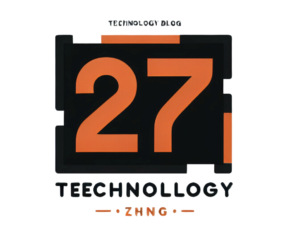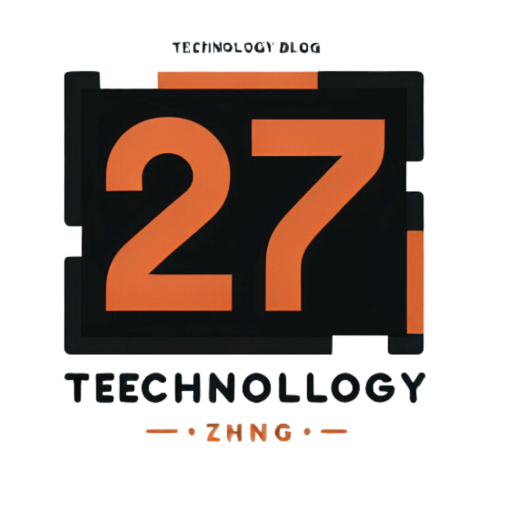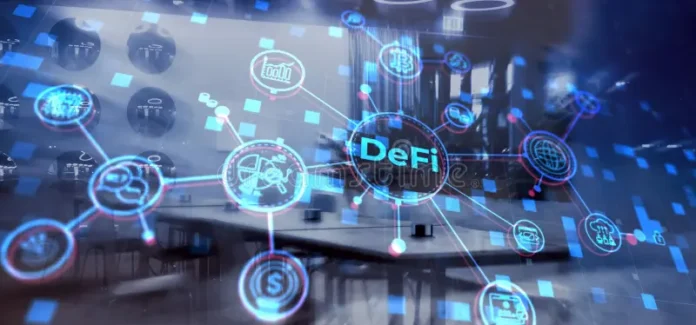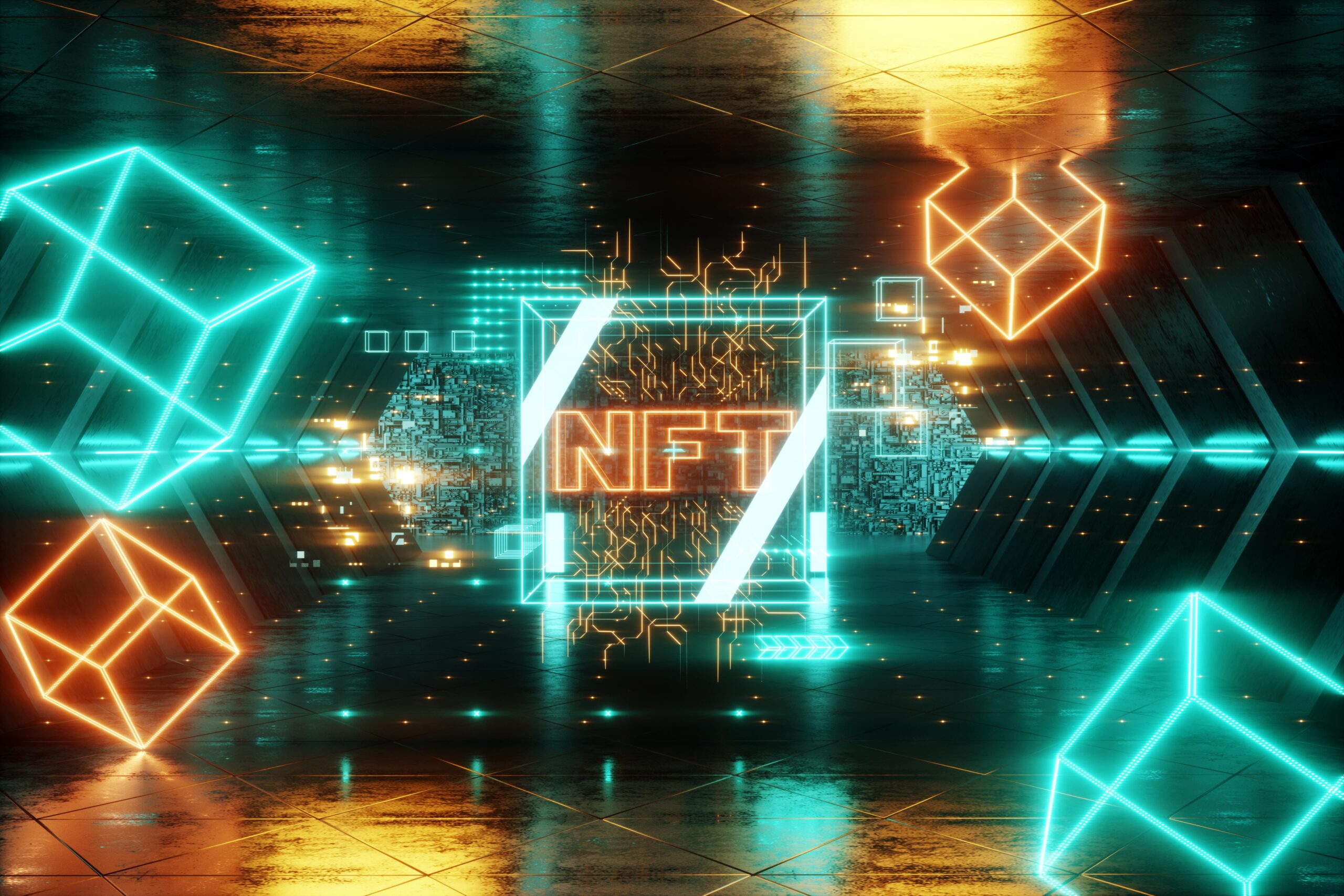As we look ahead to 2024, the landscape of cryptocurrencies continues to evolve with innovations in Non-Fungible Tokens (NFTs) and Decentralized Finance (DeFi) reshaping the industry. This article delves into the key trends driving the growth of NFTs and DeFi, providing insights into their significance and impact on the cryptocurrency market.
Understanding NFTs (Non-Fungible Tokens)
NFTs have emerged as a revolutionary force within the cryptocurrency ecosystem, enabling the tokenization of digital assets such as art, music, collectibles, and virtual real estate. Unlike cryptocurrencies like Bitcoin or Ethereum, which are fungible and interchangeable, each NFT is unique and indivisible, verified on blockchain networks like Ethereum’s ERC-721 standard.
The appeal of NFTs lies in their ability to provide proof of ownership and authenticity for digital content, fostering new markets where creators can monetize their work directly. The boom in NFT sales and auctions has attracted artists, musicians, and content creators seeking to leverage blockchain technology for copyright protection and revenue generation.
Key Drivers of NFT Adoption
- Creative Industries: NFTs empower artists and creators by allowing them to tokenize their work, establishing verifiable ownership and creating new revenue streams through royalties on secondary sales.
- Gaming and Virtual Realms: Virtual assets within gaming and virtual reality environments are increasingly tokenized as NFTs, offering players true ownership and interoperability across different platforms.
- Collectibles and Memorabilia: NFTs have revitalized the collectibles market, with digital art, trading cards, and virtual collectibles fetching high prices in online auctions and marketplaces.
The Rise of Decentralized Finance (DeFi)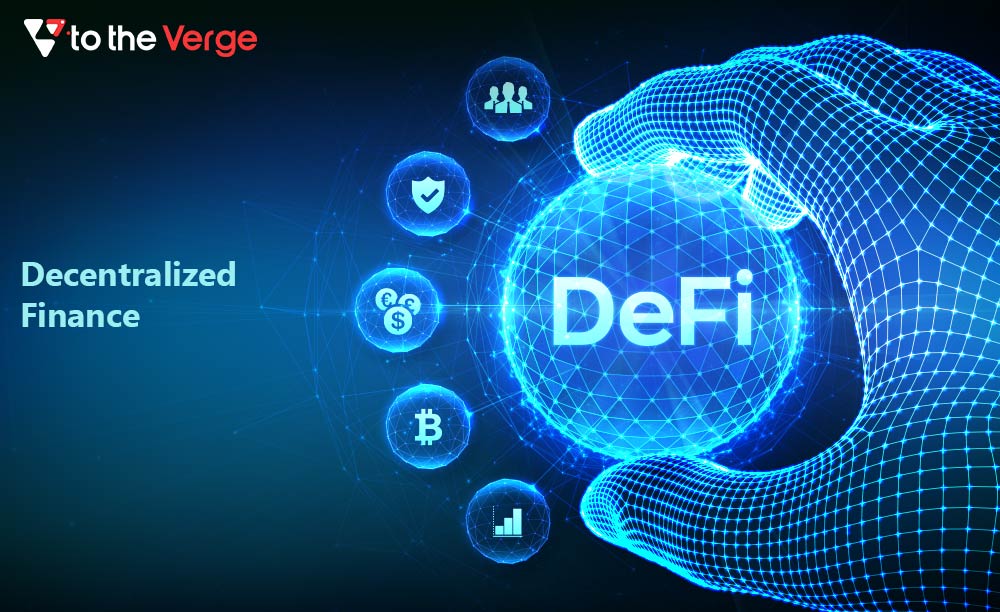
Decentralized Finance, or DeFi, represents a paradigm shift in traditional finance by leveraging blockchain technology to offer decentralized and permissionless financial services. DeFi platforms facilitate peer-to-peer lending, borrowing, trading, and yield farming without intermediaries, enabling users to access financial services globally with minimal barriers.
Core Components of DeFi
- Lending and Borrowing: DeFi protocols allow users to lend their cryptocurrencies to earn interest or borrow assets using their crypto holdings as collateral, with interest rates determined by supply and demand dynamics.
- Decentralized Exchanges (DEXs): DEXs enable trustless trading of cryptocurrencies directly between users, enhancing liquidity and enabling token swaps without relying on centralized exchanges.
- Staking and Yield Farming: Users can earn rewards by staking cryptocurrencies or providing liquidity to DeFi protocols through yield farming, which involves participating in liquidity pools and earning tokens as incentives.
Challenges and Opportunities in 2024
While NFTs and DeFi promise innovation and democratization within their respective domains, challenges such as scalability, regulatory compliance, and security vulnerabilities remain critical. The industry continues to address these issues through technological advancements and community-driven governance models to foster sustainable growth.
Conclusion
As we navigate through 2024, NFTs and DeFi are poised to continue shaping the future of cryptocurrencies by unlocking new possibilities in digital ownership, finance, and decentralized ecosystems. Understanding these trends is crucial for investors, creators, and enthusiasts looking to capitalize on the transformative potential of blockchain technology in the years ahead.
